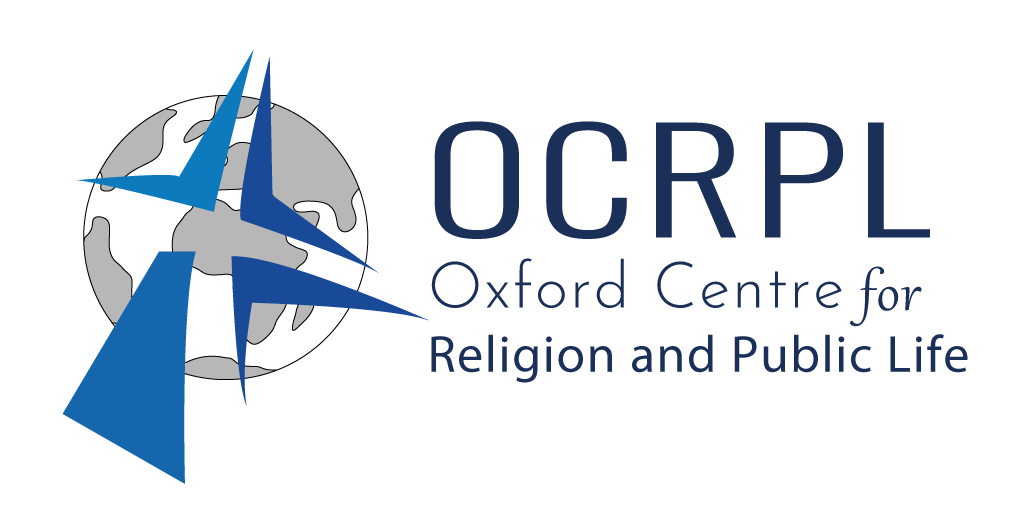Available from Isaac Publishing
Hated without a Reason: The Remarkable story of Christian persecution over the centuries
Patrick Sookhdeo, Isaac Publications, April 2019. 272pp £10.00
In his interim report on the persecution of Christians, commissioned by the Foreign Office (CEN report February 8th) and published on May 3rd, the Bishop of Truro likened the current persecution of Christians to genocide, as 245 million Christians are persecuted worldwide in 50 countries, an annual rise of 30 million.
The Truro report is a current snapshot. In “Hated without a reason” Dr Patrick Sookhdeo reviews the history of persecution suffered by Christians from the very beginning when eleven of Jesus’ twelve apostles died a martyr’s death.
Martyrologies have not been part of Protestant spiritual reading, apart from John Foxe’s Book of Martyrs, published four hundred and fifty years ago. This tour de force of information records the volume of Christian martyrdoms, most unremarked in world history. Martyrdom was the experience of many churches in the first millennium (chapters 4-8). Some of these churches engaged in significant mission work. They survive today but are often hardly regarded as Christian by some modern day evangelicals. Yet they have kept the faith through centuries of pressure, exile and persecution.
The book focuses on early Europe, the Middle East and Asia. An area for further work, as the author acknowledges, could be more on sub-saharan Africa, where Boko Haram and Al-Shabab now terrorise West and East Africa.
In the long twentieth century Sookhdeo identifies seven ideologies behind the persecution of Christians: Communism, Maoism, Fascism, Hindutva (in India), Buddhist Nationalism, Islamism and Secular Humanism. Sookhdeo notes that Western Christianity has become a subject of contempt and mockery by secular humanists. Their strategy has been first to urge society to tolerate behaviour contrary to social and Christian norms; then to put such behaviour on a par with the previous standards which they go on to make seem backward or evil, and finally to make those standards illegal (p. 187). This trajectory goes one way. In Lithuania after less than thirty years of Soviet rule: “Before the introduction of atheist education in Lithuania, juvenile thieving, robber, homicide attempts, sexual profligacy were very rare, now they are constant phenomena…atheist education is incapable of fostering strong moral principles among the youth” (p 155).
Christianity in the Middle East has been greatly reduced by emigration and murder. But in Uganda, India, China and Iran the church has been growing and by 2000 there were Christians in every country of the world. In 2017 out of a world population of 7.432 billion, Christians were 2.446 billion or 32.9%.
Sookhdeo draws on the encouragement of the heroes of the faith in Hebrews chapter 11. The remarkable resource of the Book of Revelation could also be cited to advantage. This book, neglected by the modern church, has a powerful message for those suffering persecution. It assures those who die for the faith that they lie under the very altar of God and their prayers are answered. The seven scenes of the book follow the same trajectory for human history: suffering for the church from evil conquest, conflict, economic inequality
and death (horsemen), warnings to the world (trumpets), the coming of Christ, the overthrow of the idolatrous state that is maintained by false ideology, (the whore of Babylon), the last and final judgement, followed by the return of Christ and the everlasting new age of the City of God. Through it all, Jesus keeps his bride the church safe. The forces of evil are destroyed along with those who ally with them. Revelation is a book for the twenty-first century church.
The dark side of the story is not ignored, for sadly it sometimes happened that the persecuted Christians became in turn persecutors themselves. In the fourth century, Christendom developed, “where every citizen must be subservient to ..a Christian emperor, and where new laws were created to ostracise, torment or even kill.. heretic, Jew or pagan.” Warfare between Christians followed in North Africa (Trinitarian) and southern Europe (Arian). These conflicts weakened the church and paved the way for Islamic conquest in the seventh century. When Augustine of Hippo (in modern Algeria) died in 430 there were 700 bishoprics on the North African coast. By 1053 two were left. Only the Church in Egypt remained.
Despite the fact that Christians have been persecuted by adherents of most world religions and cults, Sookdheo persuasively argues for religious freedom for all ( p. 197). For him, freedom of religion is rooted in the dignity and choice that God gives all human beings whom he created to act on their own judgement in responsible freedom. But this freedom neither overrides laws for stable and peaceful society nor includes freedom to be murderous.
This is church history and early church doctrine and practice as it should feature in theological curricula.
Chris Sugden



